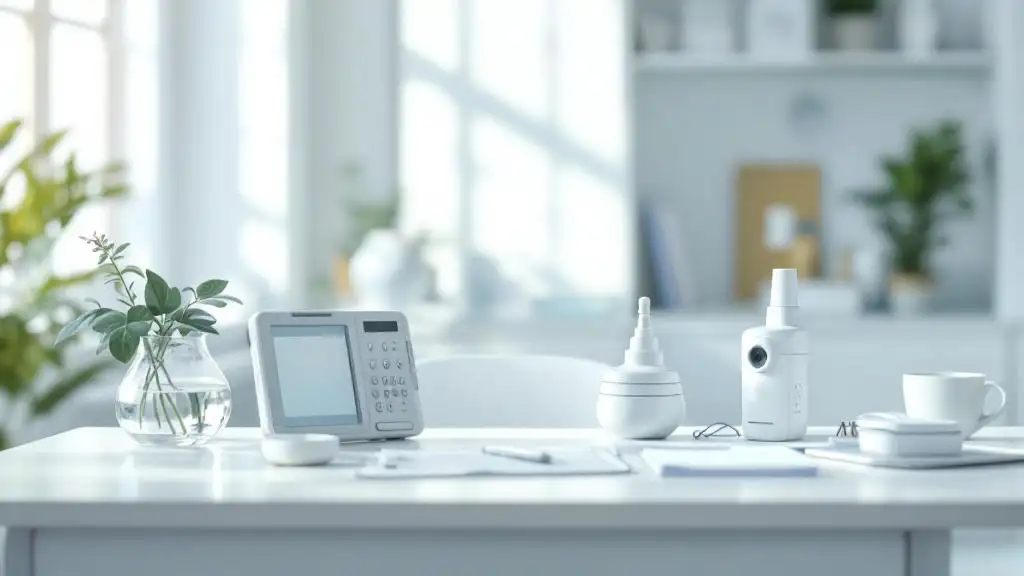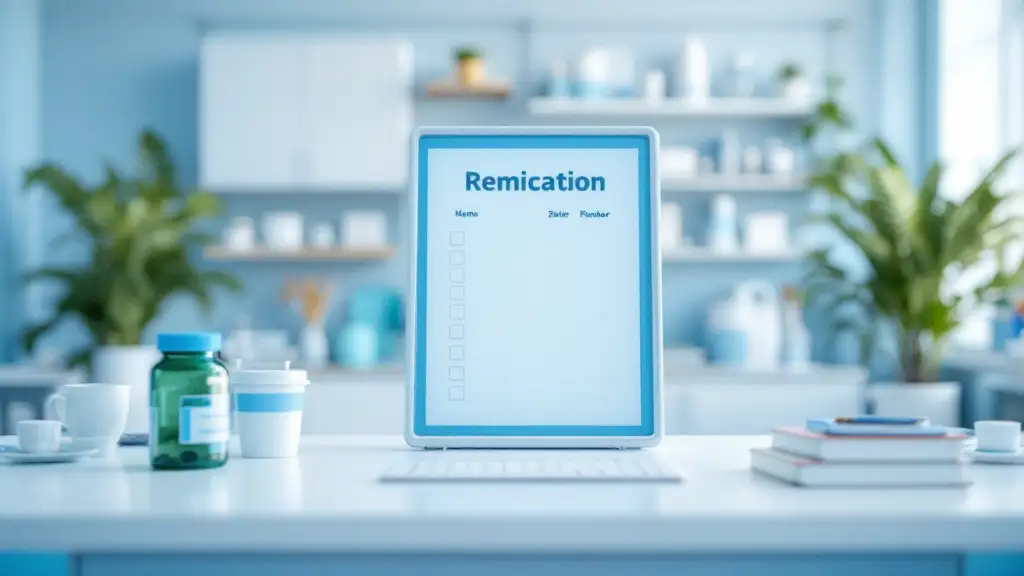Understanding How TMS Therapy Is Scheduled and Its Duration
Transcranial Magnetic Stimulation (TMS) has emerged as a prominent non-invasive treatment for conditions like depression, OCD, and anxiety disorders. A critical aspect of TMS therapy is its scheduling, frequency, and duration, which vary based on protocols, patient needs, and the specific disorder being treated. This article explores the typical timelines, different protocols, and factors affecting TMS treatment plans to provide a comprehensive understanding of how this innovative therapy is administered.
The General Timeline of TMS Therapy from Start to Finish
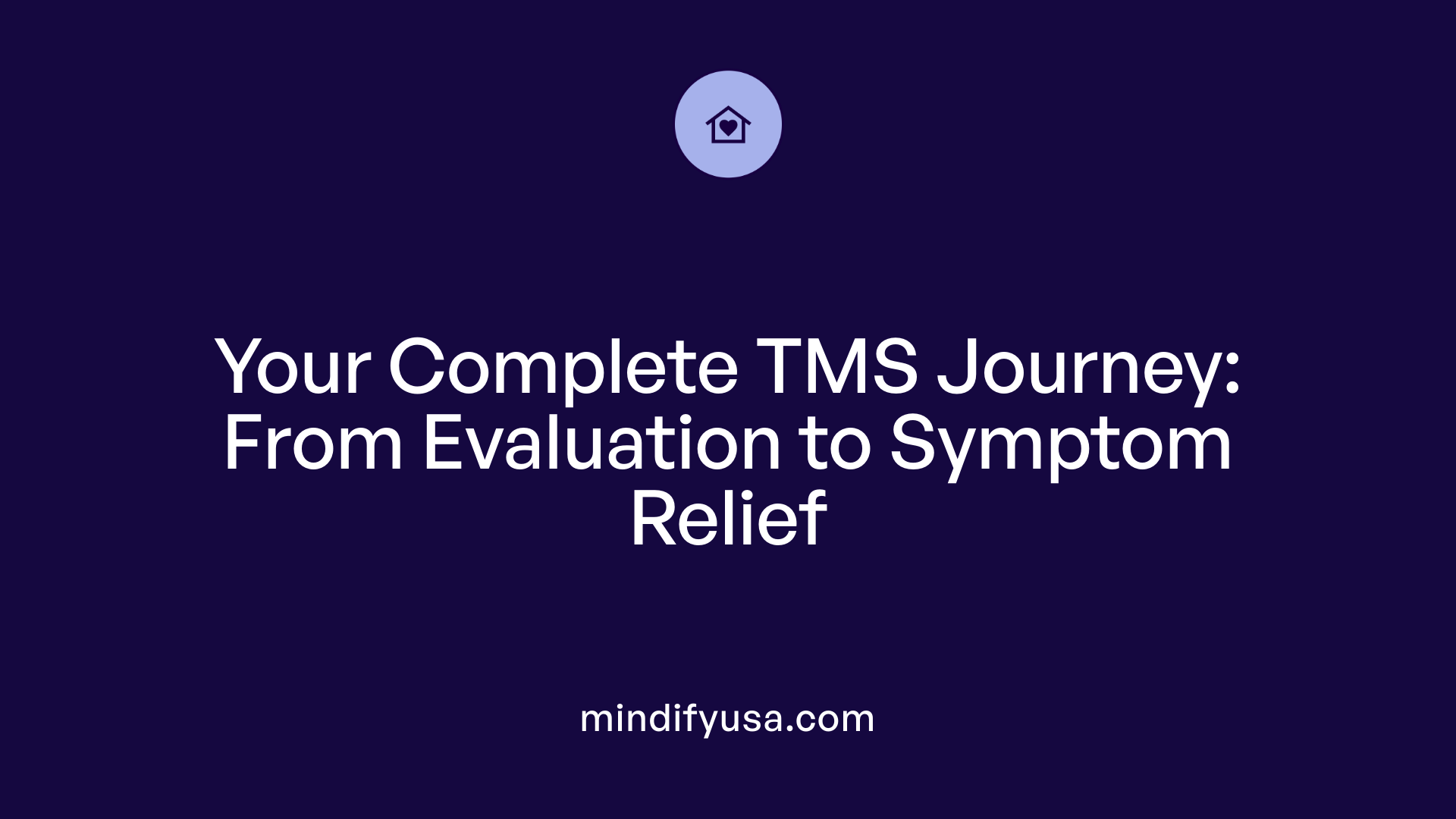
Initial evaluation and mapping
The journey of Transcranial Magnetic Stimulation (TMS) begins with a thorough initial assessment. During this phase, a healthcare provider conducts an evaluation and performs motor threshold mapping. This process involves placing the magnetic coil on the patient’s scalp over the prefrontal cortex—an area linked to mood regulation—and determining the right magnetic energy level. The mapping session typically lasts about 20 to 30 minutes and helps customize the subsequent treatments to maximize effectiveness.
Standard treatment duration and session count
Most TMS therapy plans follow a structure of 20 to 36 sessions spread over 4 to 6 weeks. Sessions are usually scheduled five days a week, from Monday to Friday, during regular office visits. Each session lasts roughly 20 to 40 minutes, depending on the protocol used. Traditional TMS involves delivering magnetic pulses at specific frequencies, usually over the prefrontal cortex, aimed at alleviating symptoms of depression.
Advanced protocols like Theta Burst Stimulation (TBS) shorten session times significantly, sometimes down to just 3-10 minutes per treatment. Accelerated TMS protocols condense the entire schedule into 1-2 weeks with multiple sessions daily, offering rapid symptom relief for urgent cases. Overall, the total number of sessions depends on individual response, severity of the disorder, and clinical judgment.
Patient milestones and symptom improvement timeline
Many patients begin noticing subtle signs of improvement after about 10 to 15 sessions, which may include better sleep, increased energy, or mood stabilization. By around the 4th week, more noticeable improvements in depression symptoms typically occur. Clinical studies show that about 60% of individuals see meaningful symptom reduction after completing a full course.
It’s important to understand that benefits are gradual. The brain needs time to produce proteins and form new neural pathways. Some patients experience continued improvement even weeks after finishing treatment. Follow-up booster sessions—scheduled periodically based on symptom persistence—help maintain these gains.
In summary, while some individuals may see early signs within the first few weeks, most will experience the full benefits of TMS therapy after completing the standard 4-6 week schedule. Adjustments to the plan, such as more intensive or maintenance treatments, depend on personalized response and ongoing clinical assessment.
For those researching or considering TMS, understanding this timeline helps set realistic expectations and provides a clear roadmap from initial assessment to symptom improvement.
Duration of a TMS Treatment Course and What Each Session Entails
How long does a TMS treatment course last, and what does an individual session entail?
A typical Transcranial Magnetic Stimulation (TMS) treatment course generally spans four to six weeks. Most protocols involve administering between 20 and 30 sessions during this period. These sessions are usually scheduled five days a week, Monday through Friday, allowing for consistent and progressive brain stimulation.
Each session lasts approximately 20 to 40 minutes, depending on the specific protocol used. For example, traditional TMS sessions typically take around 20 minutes, while newer accelerated protocols, such as theta-burst stimulation, can be completed in as little as 3-10 minutes per session.
At the start of treatment, the first session often includes motor threshold mapping. This process helps determine the optimal stimulation intensity and can add an extra 20 to 30 minutes to the initial appointment, bringing it to about 40 to 50 minutes.
During each session, a magnetic coil is placed against the scalp, usually over the prefrontal cortex, to deliver magnetic pulses that stimulate nerve activity. Patients remain seated comfortably and may wear ear protection due to the clicking noises produced during treatment.
Follow-up or maintenance sessions may be scheduled after the initial treatment course to sustain benefits and prevent relapse. These are typically fewer in number and may be spaced out over weeks or months depending on individual response.
The total duration and number of sessions are tailored based on factors like severity of symptoms, response to therapy, and overall treatment goals. While many patients notice improvements within the first few weeks, full benefits often develop gradually, and some may require additional booster sessions for continued maintenance.
Standard Frequency and Scheduling of TMS Sessions
What is the typical frequency of TMS sessions?
Most TMS therapy protocols involve administering treatments five days a week, typically from Monday through Friday. Each session lasts approximately 20 to 40 minutes, including any necessary breaks. The goal is to create a consistent, weekday-focused schedule that supports gradual symptom relief.
The overall duration of a TMS treatment course usually spans four to six weeks. During this period, patients typically complete about 20 to 30 sessions. In some cases, especially for complex or resistant conditions, the course might extend to 36 or more sessions.
Personalized treatment plans are common. Healthcare providers often adjust the frequency or number of sessions based on individual response, severity of symptoms, and specific conditions. After completing an initial course, maintenance sessions can be scheduled periodically—sometimes weekly or biweekly—to sustain benefits and prevent relapse.
Total duration and session count
In standard practice, a typical TMS course involves about 36 sessions over roughly six weeks. Each session lasts around 20 minutes, though initial sessions may include additional time for procedures like motor threshold mapping, adding about 20-30 minutes.
Accelerated protocols, however, condense treatment into 1-2 weeks with multiple daily sessions, each lasting about 9 to 10 minutes. These intensive schedules are suitable for patients seeking rapid improvements.
Patients' scheduling norms across conditions
Regulations and clinical guidelines generally recommend treatments five days a week with weekends off. This schedule applies across various conditions such as depression, OCD, anxiety, and addiction.
For depression alone, the standard is five sessions weekly over four to six weeks. Patients typically begin to notice subtle improvements around the halfway point, with significant benefits often apparent by the end of treatment.
In cases of OCD or anxiety, protocols are similar in frequency and duration but may slightly vary depending on individual response and protocol specifics.
Overall, the norm remains consistent: regular weekday sessions over several weeks to maximize efficacy, with adjustments made based on patient progress and tolerability.
| Condition | Weekly Sessions | Total Duration | Typical Total Sessions | Session Duration | Remarks |
|---|---|---|---|---|---|
| Major Depression | 5 | 4-6 weeks | 20-30 (up to 36) | 20-40 minutes | First session includes motor threshold mapping. |
| OCD | 5 | 4-6 weeks | 20-50 across protocols | 3-10 minutes | Varied based on protocol. |
| Anxiety Disorder | 5 | 4-6 weeks | 20-30 sessions | 20-40 minutes | Sessions may extend to 8 weeks for severe cases. |
| Addiction | 5 | 2-6 weeks | 10-30 sessions | 20-30 minutes | Often more intensive early on. |
These schedules are designed to optimize neural stimulation while fitting into patients’ lifestyles, ensuring regularity and consistency for best results.
How TMS Sessions Are Scheduled and Adjusted

Typical scheduling practices
Most TMS treatment programs are designed to fit within a structured schedule, commonly involving five sessions per week over a period of four to six weeks. This generally translates to about 20 to 30 individual sessions, with some protocols extending up to 36 sessions depending on the severity of the condition and the patient's response. Each session usually lasts from 20 to 40 minutes, during which the patient comfortably sits with the magnetic coil positioned on the scalp over the prefrontal cortex. This high-frequency, non-invasive procedure stimulates neural activity associated with mood regulation.
Scheduling is usually consistent throughout the treatment course, with sessions occurring Monday through Friday to maintain regular stimulation and therapeutic momentum. Weekend breaks are standard, allowing the brain to process and adapt while minimizing fatigue or discomfort.
Assessment before treatment
Before initiating TMS therapy, an assessment session is conducted to ensure the patient’s suitability for treatment. This involves evaluating medical history, current symptoms, and previous treatment responses. Precise targeting of the brain region is crucial, often utilizing neuronavigation techniques that align the coil placement with individual brain anatomy for maximum efficacy.
The first treatment session includes motor threshold mapping, which helps determine the optimal magnetic pulse intensity needed for effective stimulation. This initial assessment can add about 20 to 30 minutes to the first appointment but ensures that subsequent sessions are accurately targeted.
Adjustments based on response
Throughout the treatment course, healthcare providers closely monitor the patient’s response. Adjustments to stimulation intensity or frequency are made based on observed benefits and tolerability. Some patients may start to notice subtle mood improvements around sessions 10 to 15, with more significant changes typically seen by week 4.
If a patient responds poorly or experiences side effects, the provider may modify the protocol by altering pulse intensity or session frequency. In certain cases, bridging treatments such as accelerated TMS protocols—entailing multiple brief sessions daily—are employed to hasten response.
After completing the standard course, some patients may continue with booster sessions scheduled periodically (e.g., monthly or biweekly) to sustain benefits. This personalized approach aims to maximize therapeutic gains while minimizing potential relapse.
| Aspect | Typical Details | Additional Notes |
|---|---|---|
| Number of sessions | 20–36 sessions over 4–6 weeks | Varies based on individual response |
| Session duration | 20–40 minutes per session | Initial motor threshold mapping may extend session |
| Frequency of sessions | 5 days per week (Monday to Friday) | Weekend breaks common |
| Adjustments during treatment | Based on response and side effects | Includes modifications in stimulation parameters |
| Follow-up booster sessions | Occasionally scheduled as needed | To maintain or enhance treatment gains |
Overall, TMS scheduling and adjustments are designed to fit individual needs, balancing effective stimulation with patient comfort and safety, guided by ongoing assessment and response monitoring.
Impact of Treatment Protocols on Scheduling and Duration
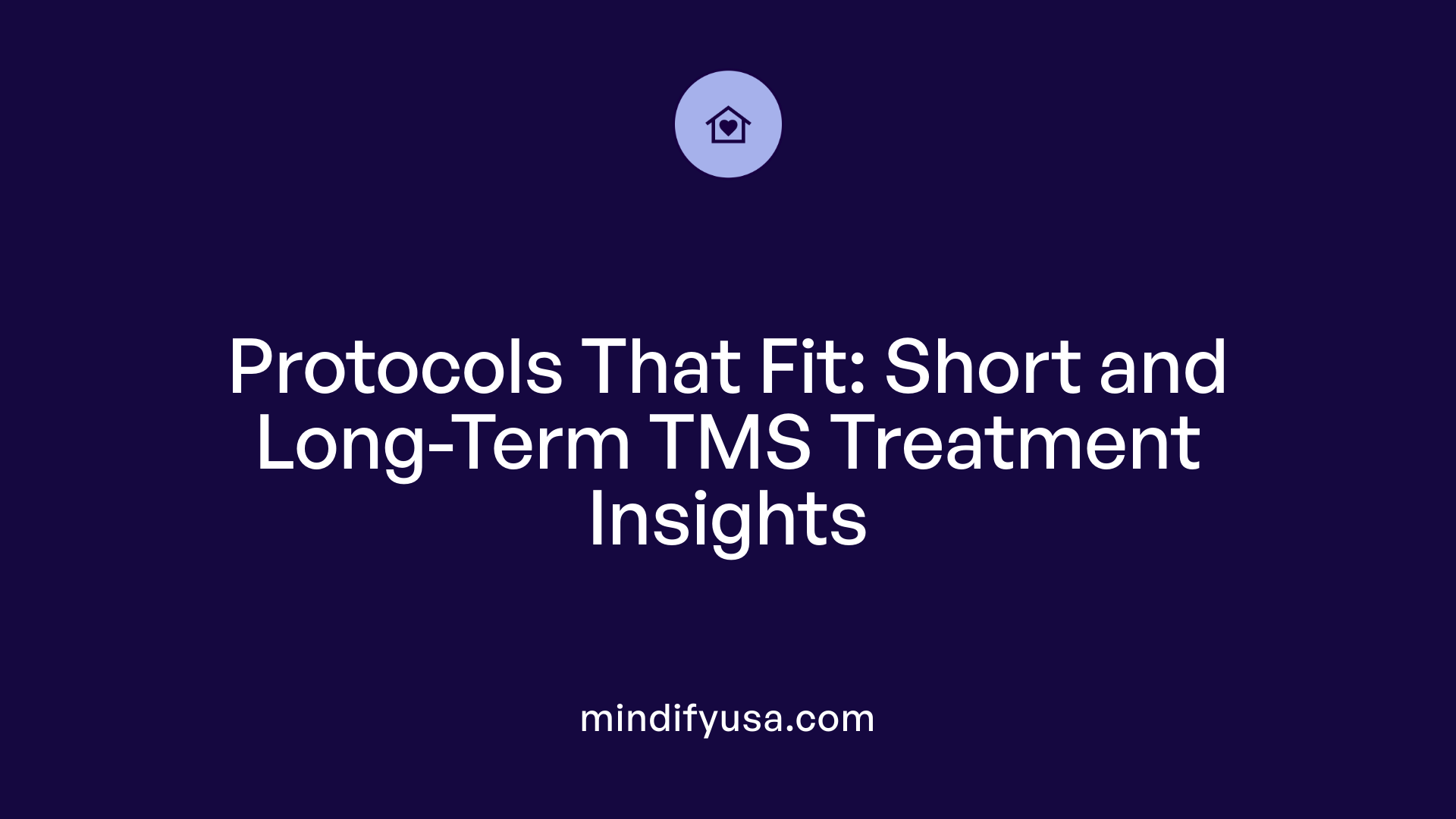 Different TMS treatment protocols significantly affect how scheduling and treatment duration are planned for patients. Standard protocols generally involve 20 to 36 sessions, carried out five times per week over six to seven weeks. For example, traditional TMS treatments for depression typically consist of daily sessions lasting around 20 to 40 minutes, providing gradual symptom improvement over this period.
Different TMS treatment protocols significantly affect how scheduling and treatment duration are planned for patients. Standard protocols generally involve 20 to 36 sessions, carried out five times per week over six to seven weeks. For example, traditional TMS treatments for depression typically consist of daily sessions lasting around 20 to 40 minutes, providing gradual symptom improvement over this period.
In contrast, accelerated protocols have transformed the landscape by condensing treatment into a shorter timeframe. These rapid approaches often involve multiple sessions—sometimes up to four—per day over just 1 to 2 weeks. Each session in accelerated TMS can be as brief as 5 to 10 minutes, making it a practical choice for patients seeking fast results.
Besides the traditional and accelerated options, specialized protocols like Theta Burst Stimulation (TBS) offer even greater flexibility. TBS sessions are much shorter, lasting only 3 to 10 minutes, and can be scheduled daily or multiple times a day during a 1 to 6-week period. For example, some TBS protocols involve repeated treatments over several days or weeks, depending on the individual’s needs.
Another approach, known as ONE-D TMS, involves completing 20 sessions in a single day, with patients remaining in the clinic for about 12 hours. Although this method is not yet FDA-approved, it represents a rapid, intensive treatment option that shortens the overall duration from several weeks to a single day.
| Protocol Type | Number of Sessions | Duration per Session | Total Treatment Duration | Key Features |
|---|---|---|---|---|
| Traditional TMS | 20-36 sessions | 20-40 minutes | 4-6 weeks | Daily sessions on weekdays, gradual symptom improvement |
| Accelerated TMS | 4 sessions/day | 3-10 minutes each | 1-2 weeks | Multiple daily sessions, rapid results |
| Theta Burst Stimulation | 20-50 sessions | 3-10 minutes | 1-6 weeks | Highly brief sessions, flexible scheduling |
| ONE-D TMS | 20 sessions in 1 day | Up to 12 hours in clinic | 1 day | Intensive, rapid treatment alternative |
In summary, the choice of protocol directly influences how often and how long patients undergo treatment. While traditional protocols are effective over several weeks, rapid and specialized protocols like TBS and ONE-D enable shorter, more intensive treatment schedules tailored to individual needs and clinical situations.
Differences Between Accelerated and Traditional TMS in Scheduling and Frequency
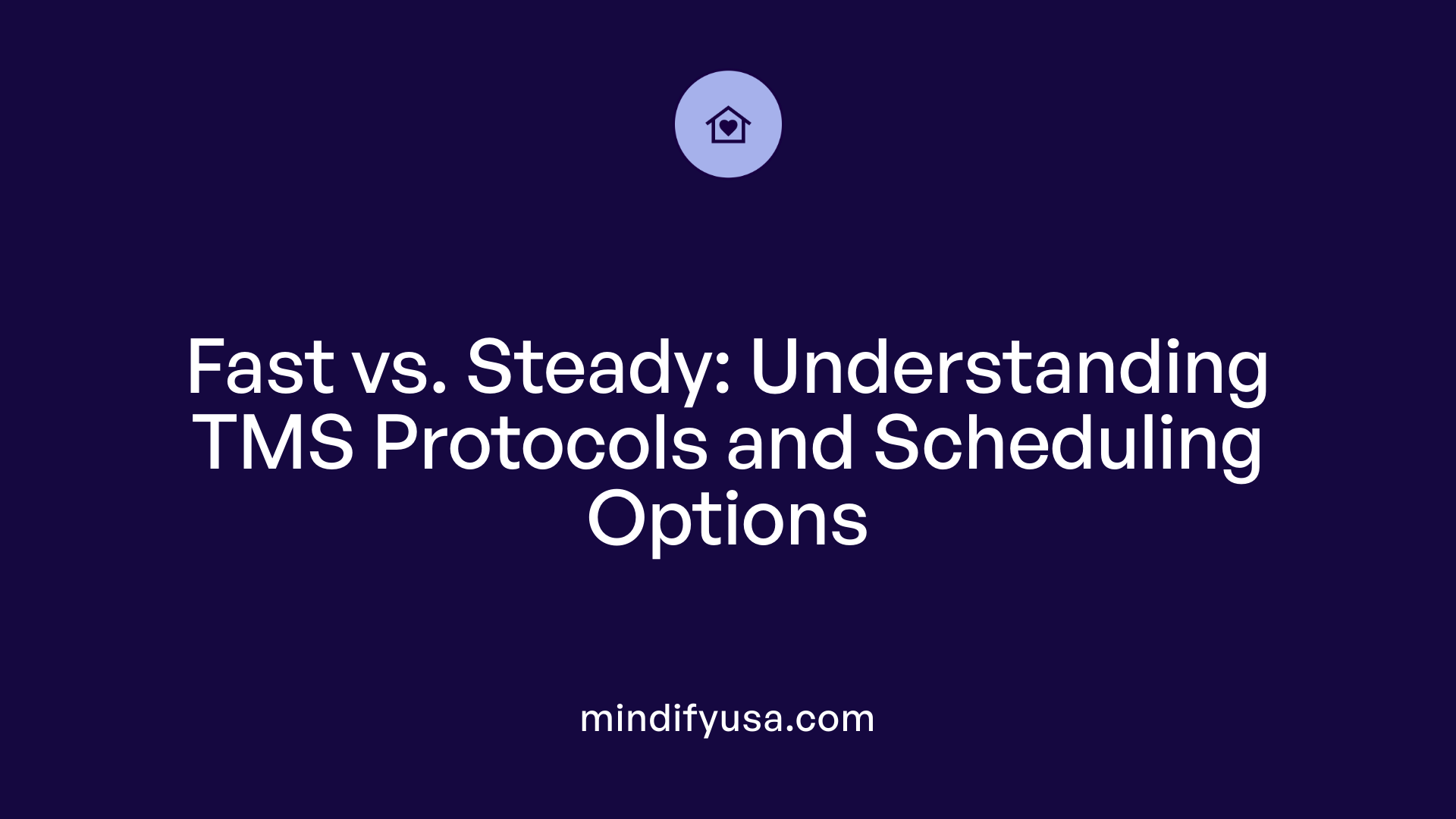
What is the difference between Accelerated TMS and traditional TMS in terms of scheduling and frequency?
Accelerated Transcranial Magnetic Stimulation (TMS) offers a significantly different approach compared to traditional TMS treatment schedules. Traditional TMS typically involves administering one session per day, five days a week, over a period of four to six weeks. Patients usually undergo about 20 to 36 sessions in total, with each session lasting between 20 to 40 minutes.
In contrast, accelerated TMS condenses the treatment into a much shorter timeframe—usually within one to two weeks. It achieves this by delivering multiple sessions daily, often three to five, with each session lasting just about 9 to 10 minutes. These sessions are spaced with short breaks in between, allowing patients to complete their course of treatment in a fraction of the time required for traditional protocols.
How does treatment length differ?
Traditional TMS spans approximately 4 to 6 weeks, focusing on steady, gradual symptom improvement. Patients receive about 5 sessions weekly, totaling approximately 30-36 sessions.
Accelerated protocols cut this down to one or two weeks, with some programs offering several sessions per day. This rapid approach can provide symptom relief more quickly, which is particularly beneficial for individuals needing swift intervention.
What about patient convenience?
For patients, convenience and lifestyle considerations are key benefits of accelerated TMS. The shorter duration means fewer weeks committed to treatment, reducing time off work or other daily commitments. Although the daily session count is higher, each is brief and can be scheduled at convenient times of the day.
However, the increased intensity of sessions may require a greater initial time commitment per day and some patients may find the concentrated schedule physically or mentally demanding. Overall, accelerated TMS is designed to be a feasible and effective option for those seeking faster results while maintaining the safety and efficacy of the traditional approach.
| Aspect | Traditional TMS | Accelerated TMS | Details and Duration |
|---|---|---|---|
| Session frequency | 1 per day, 5 days/week | 3-5 per day | Multiple sessions daily over a shorter period |
| Total treatment time | 4-6 weeks | 1-2 weeks | Faster completion of therapy |
| Session duration | 15-20 minutes | About 9-10 minutes | Shorter sessions per day |
| Patient convenience | Longer, spread out over weeks | Shorter, concentrated schedule | Suitable for busy schedules or urgent relief |
| Key benefit | Gradual symptom improvement | Rapid symptom relief | Accelerated protocols may employ special stimulation techniques like theta-burst stimulation |
Overall, both protocols are effective, with the choice depending on patient needs, medical advice, and lifestyle preferences.
Factors Influencing TMS Scheduling, Frequency, and Duration
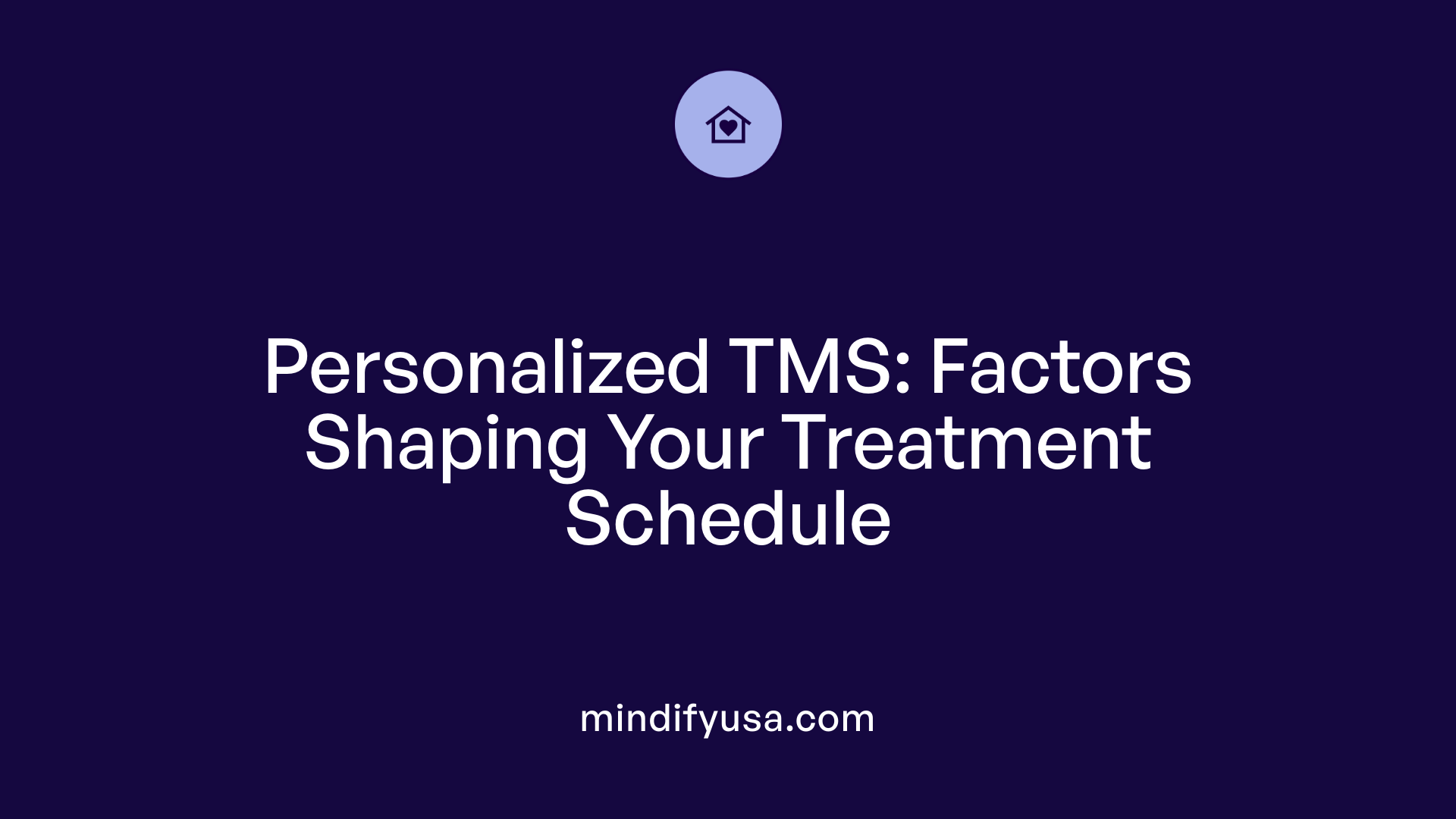
What factors influence the scheduling, frequency, and duration of TMS treatment?
The planning of Transcranial Magnetic Stimulation (TMS) therapy depends on several patient-specific and clinical factors. Primarily, the diagnosis and severity of the condition guide treatment duration and frequency. For example, depression treatments typically involve five sessions per week over 4 to 6 weeks, amounting to about 20 to 36 sessions.
Patient response also plays a crucial role. Early improvements can lead to adjustments in the frequency and length of therapy. Some patients might experience faster symptom relief, especially with advanced protocols like accelerated TMS, which deliver multiple sessions daily over a shorter period, often a week.
Individual factors such as age, motivation, brain chemistry, and co-existing conditions influence how quickly a patient responds, affecting overall scheduling. Missed sessions can usually be compensated for later without significant impact on outcomes, as studies show disruptions of up to 14 days typically do not compromise treatment efficacy.
Maintenance or booster sessions are often incorporated to sustain benefits and prevent relapse. These are scheduled based on individual needs, usually involving less frequent sessions—weekly or biweekly—spanning several months post-treatment.
Guidelines suggest that the optimal interval between the initial and maintenance phases should be at least one month, with some evidence supporting longer intervals such as four weeks to ensure lasting effects.
Overall, treatment customization considers each patient's unique profile, response rate, and lifestyle, with healthcare providers adjusting the timing and frequency accordingly. This personalized approach aims to maximize effectiveness and minimize unnecessary exposure while maintaining flexibility for individual circumstances.
Summing It Up: Tailoring TMS Treatment Plans
TMS scheduling, frequency, and duration are highly adaptable components that hinge on individual needs and the specific protocols chosen. Whether opting for traditional, accelerated, or innovative approaches like theta-burst stimulation, the overarching goal remains to optimize outcomes through carefully designed schedules. With ongoing research and personalized treatment strategies, patients can expect increasingly effective and tailored TMS therapies, ultimately enhancing recovery prospects and quality of life.
References
- What is the Duration of TMS Therapy Treatment?
- How Many TMS Therapy Sessions Do You Need? A ...
- How Long is TMS Treatment?
- The Number of Sessions for TMS Depression Therapy
- How Long Does TMS Therapy Last?
- TMS (Transcranial Magnetic Stimulation): What It Is
- How Many TMS Sessions are Needed?
- Accelerated TMS vs. Traditional TMS: Which One Makes ...











